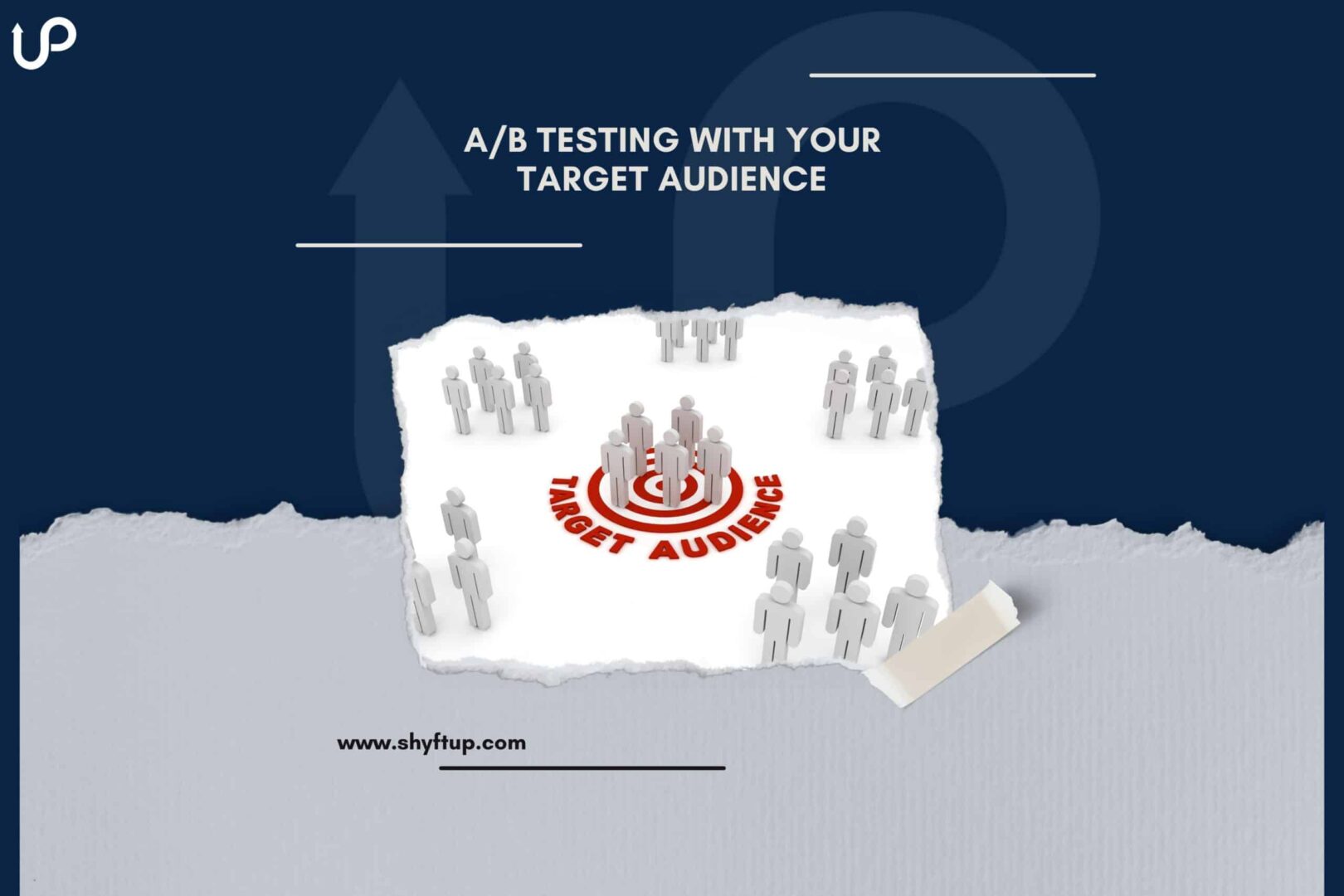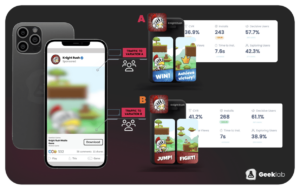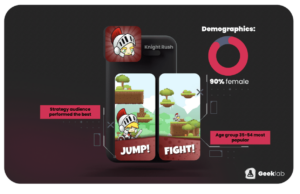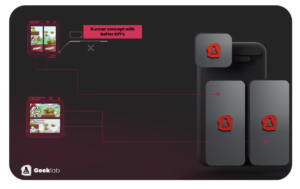
With the current trend, paid user acquisition is becoming the most important source for game installs.
Having nearly 3 million games in the Google Play Store and 2 million in the iOS App Store, how will users find your game? And if they do, how to make sure they will download the game?
With paid user acquisition, you can offer your game with a silver plate to your target audience. But to get the most out of your ad campaigns, you have to make sure your store page fits your target audience’s preferences.
A/B testing is a great way to attain this goal without having to guess what works and what doesn’t. With A/B testing, you can make decisions based on actual data.
What is a/b testing?
A/B testing allows you to test your app store page metadata with look-alike pages. The look-alike pages are web-based pages that track user behavior and look and feel like real store pages.
With the look-alike pages, you can test anything from Screenshots, Icons, and Title to smaller elements such as Description or even Ratings of the game.
Once you have created the look-alike pages you can use them as landing pages for your ad campaign and send traffic to them. After your look-alike pages have enough user data, you can analyze their behavior and use the findings to optimize your store page.
The goal with A/B testing is to find the metadata that engages the most people and converts the most installs. Since markets and user preferences are ever-changing, it’s also important to keep your store pages up to date at all times.
Utilize A/B testing when finding the target audience
It is critical to target the right audience for the most effective paid user acquisition. A well-performing audience has a consistent conversion rate over time, a healthy relationship between decisive and exploring users, and a high conversion rate within that category/genre.
A/B testing can help you determine whether your target audience is the right one for you or if there are other audience groups that could be used to achieve even better results.
You can collect demographic data from users who took action to install the game on the look-alike pages using A/B testing. You can also ask users additional questions by redirecting them to a survey after ‘installing’ the game.
A/B testing can also be used to test different audience groups on the same look-alike pages. This allows you to determine which audience group is most effective at converting views into installs. You can also examine their behavior on the look-alike pages to determine whether there is potential in other groups.
Once the target audience is determined, it’s important to optimize your store page metadata to match the preference of the audience. Without an optimized store page, you won’t be able to achieve the most efficient user acquisition campaigns.
But my game isn’t out yet…
Getting feedback from your target audience before releasing the game can save you a deal of time and resources. And this is where A/B testing and paid user acquisition can come in handy.
Look-alike pages can be used to test different stages of game development even before the game is released. Beginning with concept validation when there can be multiple concepts to develop but only enough resources for one.
Creating look-alike pages for the different concepts and testing how they will perform with real audience can help you decide which concept is worth developing.
Suppose you have runner and platformer game concepts but are unsure which to develop further. Running an A/B test with a real audience can help determine the best concept to pursue if any.
Create four screenshots for each concept that depict the idea and core of the games and use them on your look-alike pages. Then, with equal budgets for both, conduct an A/B test to see which receives more installs.
The findings are now based on actual audience data, and you can refine the concept further.
You can continue to benefit from A/B testing now that you have actual user behavior data for the different concepts. The next step could be to test the theme, art style, or even the game’s features.
Conclusion
By optimizing your app store pages to match the preferences of your target audience, you can receive significantly more installs for the same budget when running paid user acquisition. Combining real audience with your a/b tests is crucial for achieving this goal.
You can find more information about A/B testing on Geeklab.
You can always rely on ShyftUp – a leading global User Acquisition Agency. They’ll help you decide on your mobile app data analytics from A to Z. As a forerunner in the industry, Shyftup focuses on two primary services:
- App Store Optimization (ASO) – unleashing the power of organic user growth by creating boosted visibility on the app stores.
- Paid User Acquisition – to help you grow your user base by converting your paid marketing budget into real users, thus revenue. ShyftUp specializes in Apple Search Ads and Google UAC channels.
What is a/b testing?
A/B testing allows you to test your app store page metadata with look-alike pages. The look-alike pages are web-based pages that track user behavior and look and feel like real store pages.


